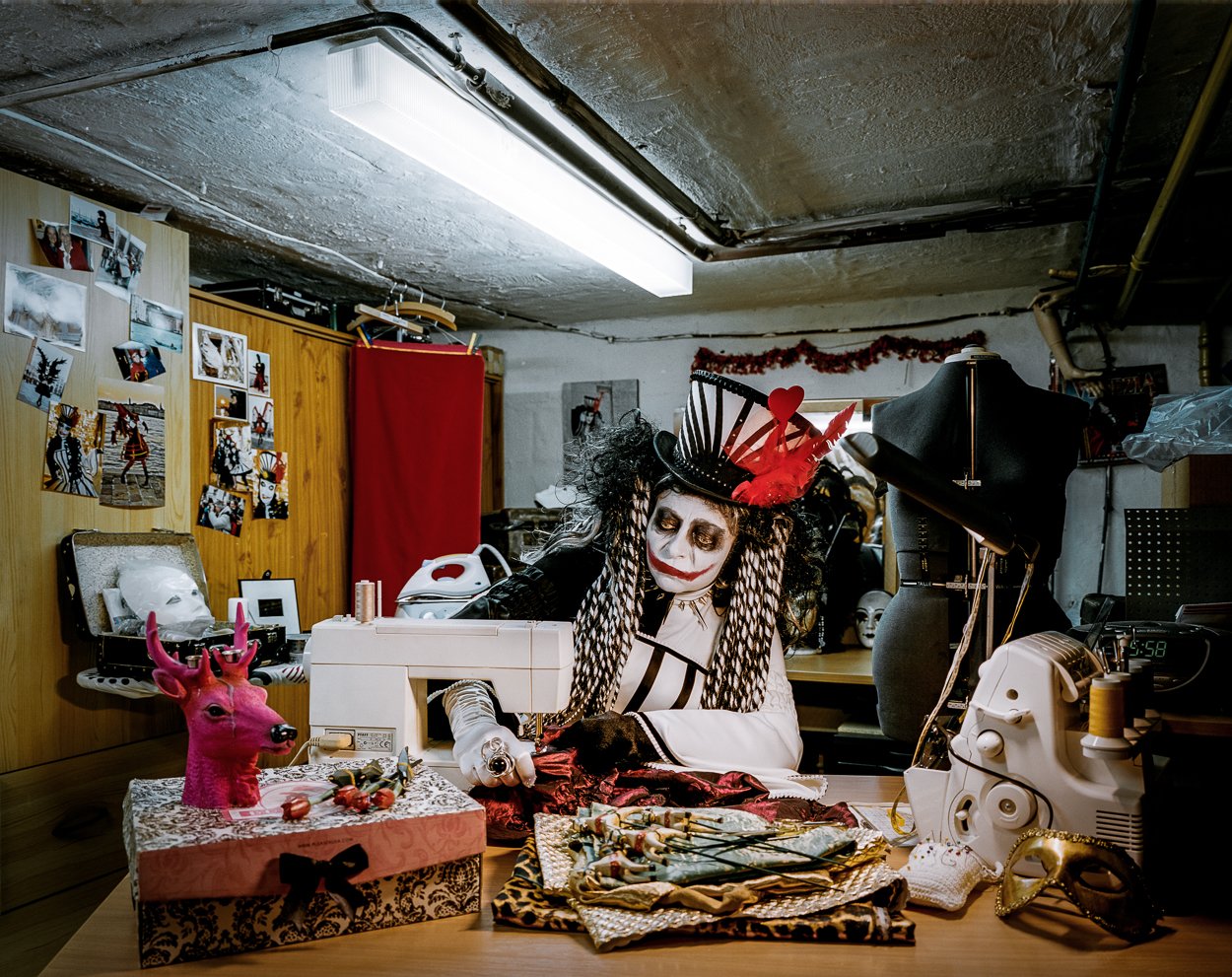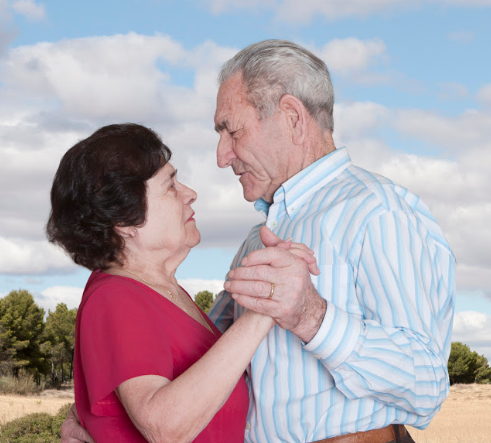USA –
As is so often the case, it is the title that draws me in. The Furtastic Adventures of the Cabbit and the Folf. The words are playful, whimsical and poetic at the same time. A Cabbit is a hybrid between a cat and a rabbit. A Folf is a creature halfway between a fox and a wolf. They both feature in an ongoing series of portraits made by Belgian photographer Charlotte Lybeer of so-called Furries in their own living rooms. The Furry fandom is a particular community that likes to dress up in anthropomorphic animal fursuits. In her project Lybeer concentrates her efforts on portraying Furries living in Belgium, the Netherlands, France and Germany.
The choice of subject is not surprising considering the artist’s earlier work. Lybeer has been fascinated for a long time by various ways of escaping the real world. This is proven by her earlier photographic research into gated communities and theme parks, as well as her previous project on Life Action Role Players. In both LARP – Taking a Holiday from Everydayness and The Furtastic Adventures of the Cabbit and the Folf the artist captures her subjects sitting on their sofas or beds, their hands resting on their knees or in in their laps. They look straight into the camera. A small part of the surrounding room is allowed to creep into the edges of the picture. In this way the viewer gets a hint of the mundane lives led by the people underneath all the fur and disguise. The potted plants, the leather sofas, the red blinds, they all could have been taken out of the latest lifestyle magazines. It looks safe, bland, banal and anonymous. The photographs may resemble portraits, but instead of shedding a light onto the character of the subjects portrayed, the fur costumes and the everyday surroundings actively conspire to frustrate the viewer.  Image©Charlotte Lybeer
Image©Charlotte Lybeer
That is perhaps Lybeer’s point. But she is not the only photographic artist interested in people choosing to adopt fantastical identities in their spare time, nor the first. So how does her work compare to that of others? There is for example Steve Schofield‘s Land of the Free, dating from the mid-noughties. In it, the British-born, LA-based photographer depicts cosplayers inside their own homes, most often in Star Trek or Star Wars outfits. Unlike Lybeer, Schofield has chosen to include much more of his subjects’ domestic surroundings. He also positions them in varying ways, as well as in every possible room of the house. Even though the portrayed are still beyond scrutiny underneath all the layers of Klingon make-up, much more tantalizing hints about them jump into view. There are the Post-It notes on the wall, the framed family photographs in the background, the shelves filled with books and assorted knick-knacks. In Schofield’s case, the viewer can at least fool herself into believing that she may get to know the people in the picture better.
And then there is Klaus Pichler, who created his series Just the two of us between 2011 and 2013. This Austrian photographer casts his net even wider than the other two, by portraying fellow Austrians involved in ten different communities engaged in wearing full body-covering, identitymasking costumes. They range from Furries to LARP-players, from Star Wars fans to Battle of Nations enthusiasts. Like Schofield, Pichler positions his subjects in every possible room of their house, often showing them engaged in mundane activities or taking care of daily chores. Cookie Monster is sat at the dining room table, staring wistfully at a potted plant, whereas his fellow costume wearers are reading newspapers, knitting scarfs, sewing clothes, or catching up with ironing. As a result, the ongoing, mind-numbing drudgery and sheer normality of daily life is much more emphasized in Pichler’s photographs than in Schofield’s and Lybeer’s images. Moreover, they clarify to a greater extent why the subjects in the pictures choose to dress up, choose to change their identities, choose to escape their mundane lives, if only for a short while.  Image©Klaus Pichler
Image©Klaus Pichler
All three projects are characterized by vibrant and perfectly executed imagery. As a result, all three successfully question the common assumption underlying portrait photography that – given sufficient skill of the photographer – the viewer is able to know the subject portrayed. All three series seduce the viewer into looking by the jarring juxtaposition of outlandishly dressed people surrounded by the most normal of environments, engaging in the most domestic of activities. The imagery looks spectacular and baffling, perhaps a little too much so. Consequently, without careful and close reading of the photographs, the message that these are ordinary people just like us could be in danger of falling on deaf ears.
Written by Karin Bareman
Karin Bareman is a writer, photographer and assistant curator in Photography based in Amsterdam. Her articles have appeared in Foam Magazine, Unseen Magazine, Of the Afternoon Magazine and have been published on American Suburb X and Potaatoo.














